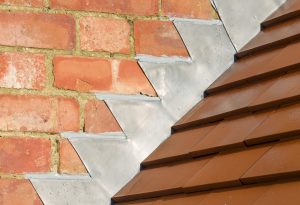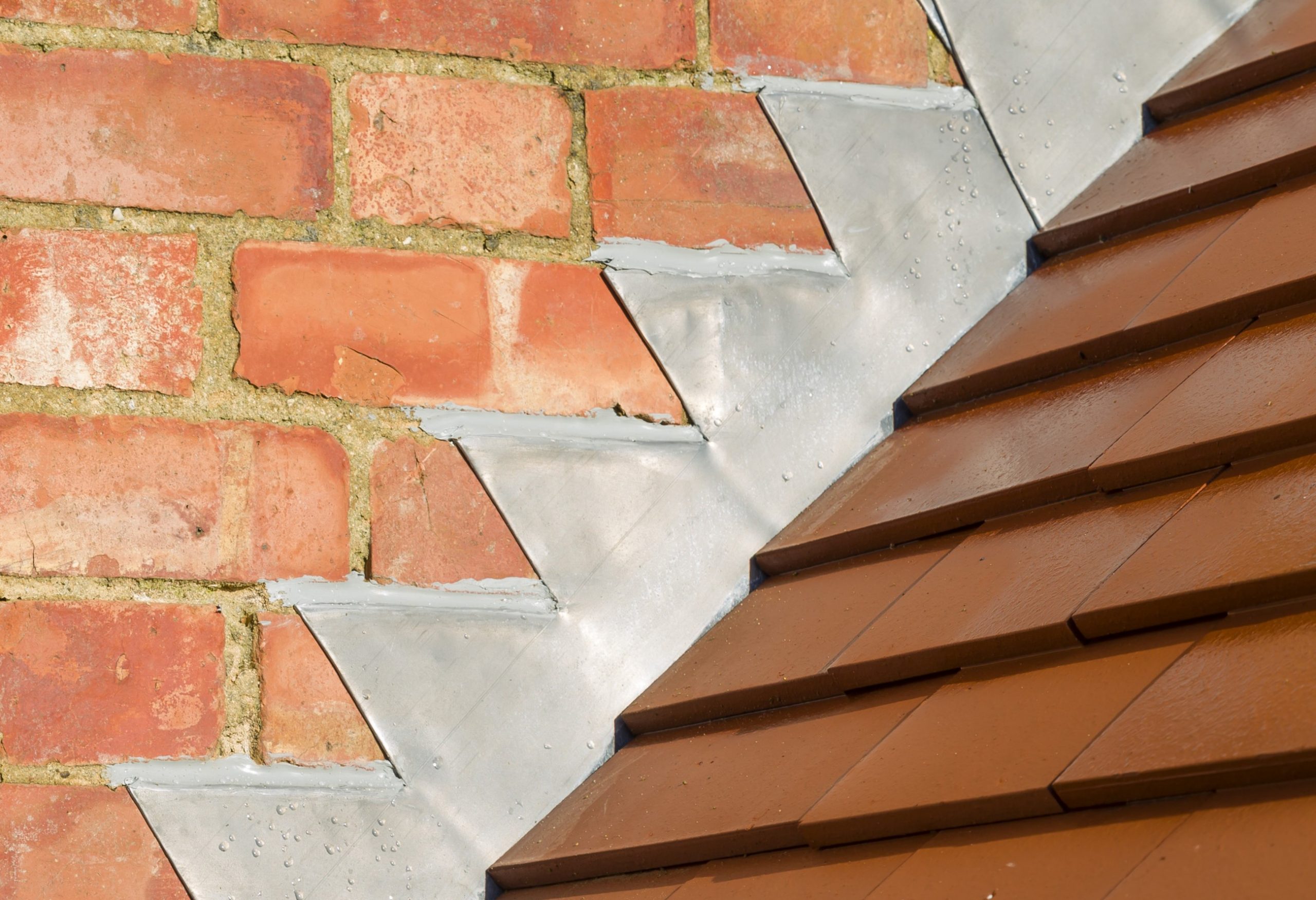What are Roof Flashings?

Properly sealed roof flashings are crucial to the longevity of a roof. It may seem like such a small part, but when any seal deteriorates it creates an opening for damage to occur. Depending on the placement of the flashing and the company used, different techniques may be preferred.
What is the purpose of roof flashings?
Roof flashings keep water from entering certain areas on the roof. These areas include joints, vents, exhausts or appliance connect points and if not sealed correctly can allow leaks to happen. As always, the more seams on a roof, the more opportunities for damage to occur. Since they divert the water away from these seams, it is necessary to have them on every roof. When your roof is evaluated, the professional will know what kind of technique should be used.
Types of Roof Flashings & Techniques Used
There are four different techniques for roof flashings. Those types are base, counter, step and continuous. There are many similarities among the four types, and if you choose a good roofer, you shouldn’t have problems with the flashings.
Base
Roofers install base flashings where the roof surface and a vertical surface meet. There are multiple styles of base flashings that can help divert water away from the roof or redirect it to flow into the gutter.
Counter
When installing a metal barrier where the roof meets a vertical surface, counter flashings are commonly used. There are three different methods when it comes to installing a counter flashing. The first method is through the wall which is effective if used during initial construction since it is built in. Surface flashings are used after the initial construction and is the least effective out of the three methods. The installation seals the flashing with caulk on the outside. The caulk will break down and if not replaced or repaired in time it will lead to leaks that have costly repairs. The final type is a hybrid of the two previous methods The roofer cuts into the surface where the flashing is installed and sealed. This keeps water from penetrating through the top of the material.
Step
Shingled roofs commonly use step flashings. It is installed during the initial roof installation where the roof meets a vertical surface, such as a chimney. It is installed under the shingles and secured with the shingle over top. When it is time to repair or replace the roof flashings, it can be done with ease since they are secured to the shingle and not the wall.
Continuous
A continuous flashing is very common with any type of roofing system. It uses a single piece of the flashing material to avoid unnecessary seams. With a flat or low sloped roof, installation uses the same material as the roof itself for proper adhesion. It is even better when a manufacturer prefabricates the pieces to have a custom fit on your roof. This creates less field seaming which is more reliable to prevent leaks and reduces labor.

If not properly maintained, a roof flashing issue will turn into a roof replacement sooner than expected. Attempting to fix it without professional help could result in an improper installation and injury if you are not careful. If you notice any leaks or damage from your roof flashings, give Royalty a call at 800-303-8392 for a free estimate.
Posted by Leona Burton


